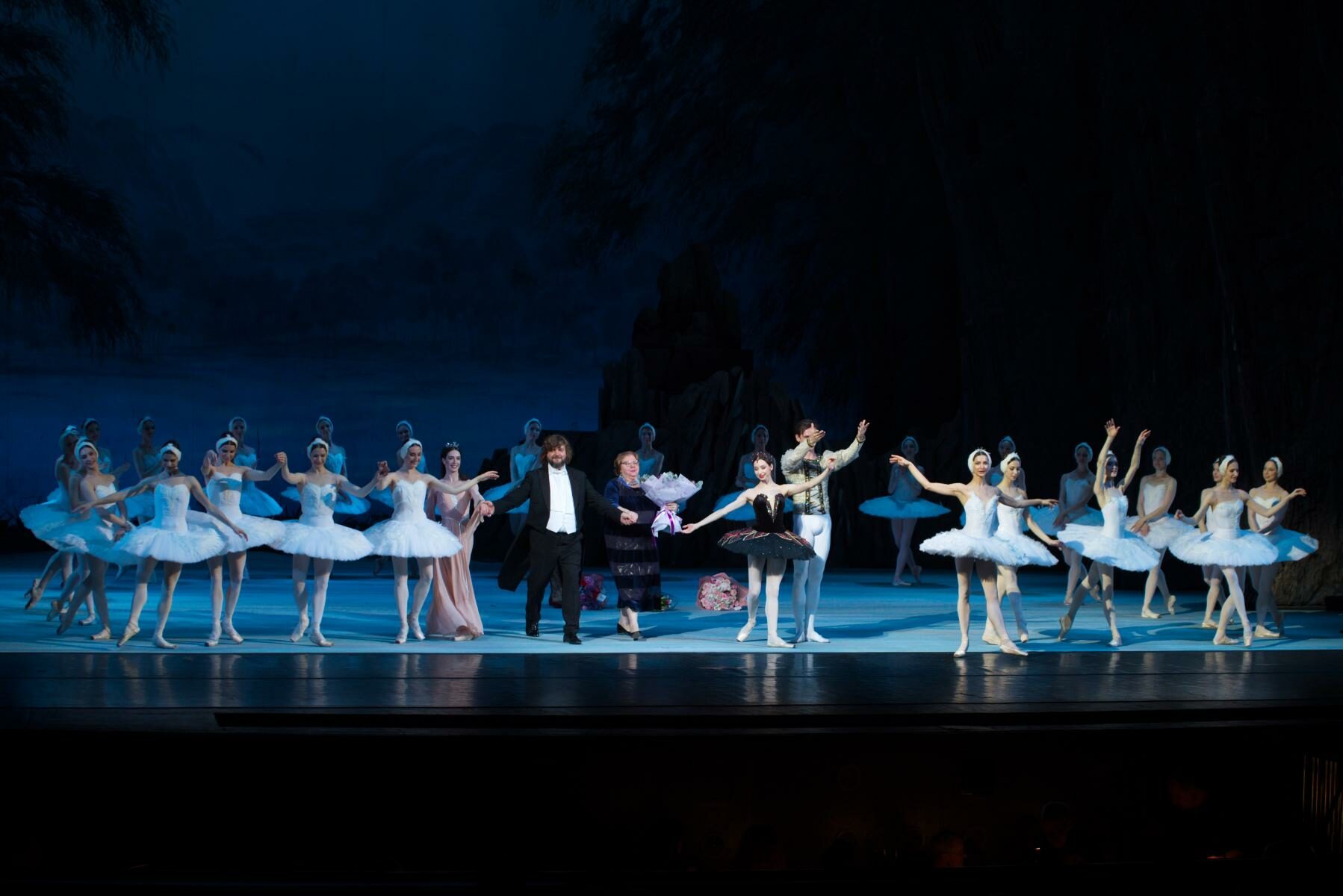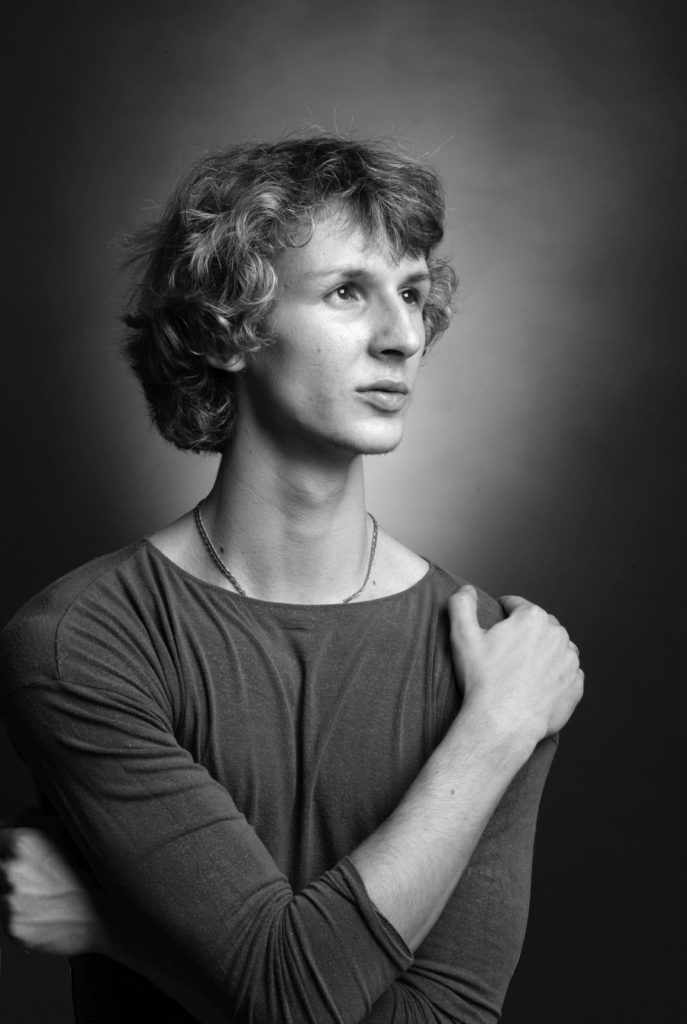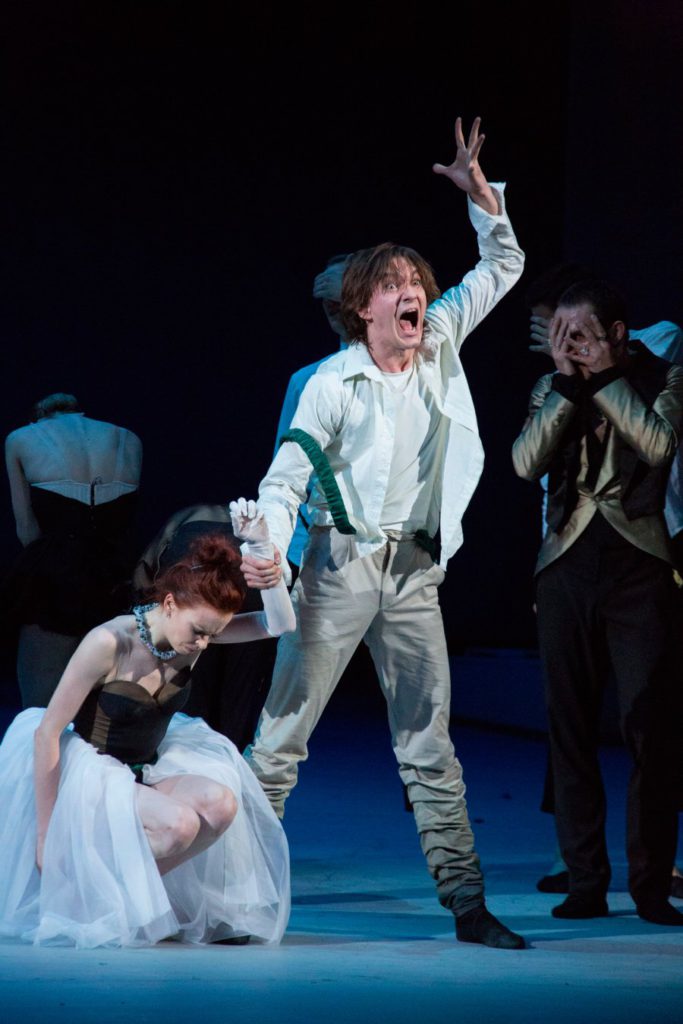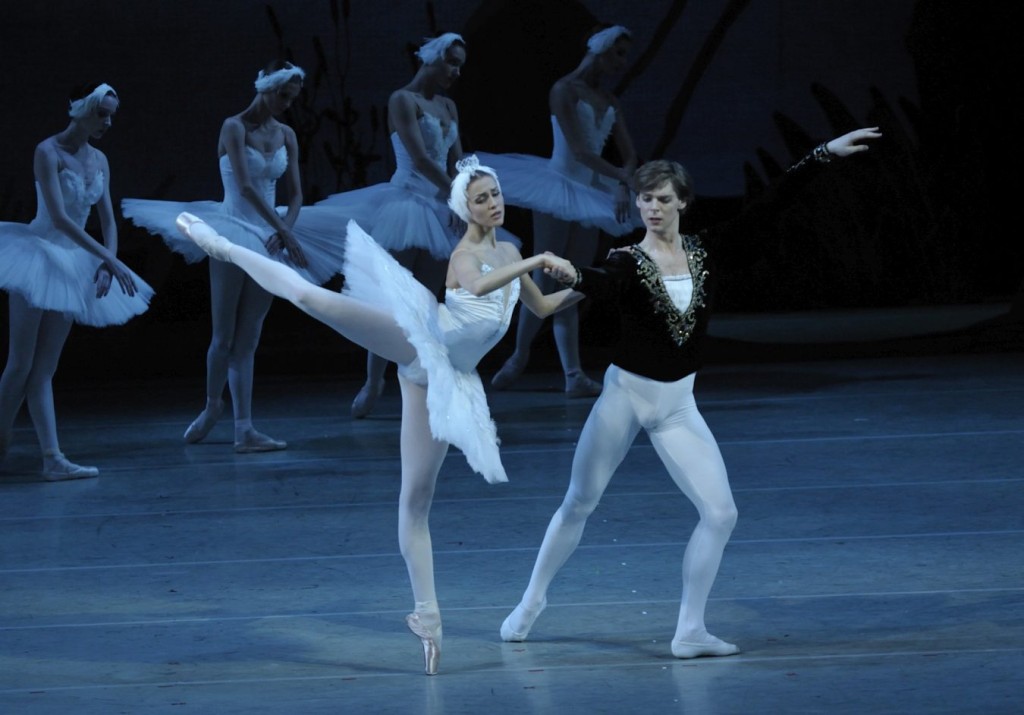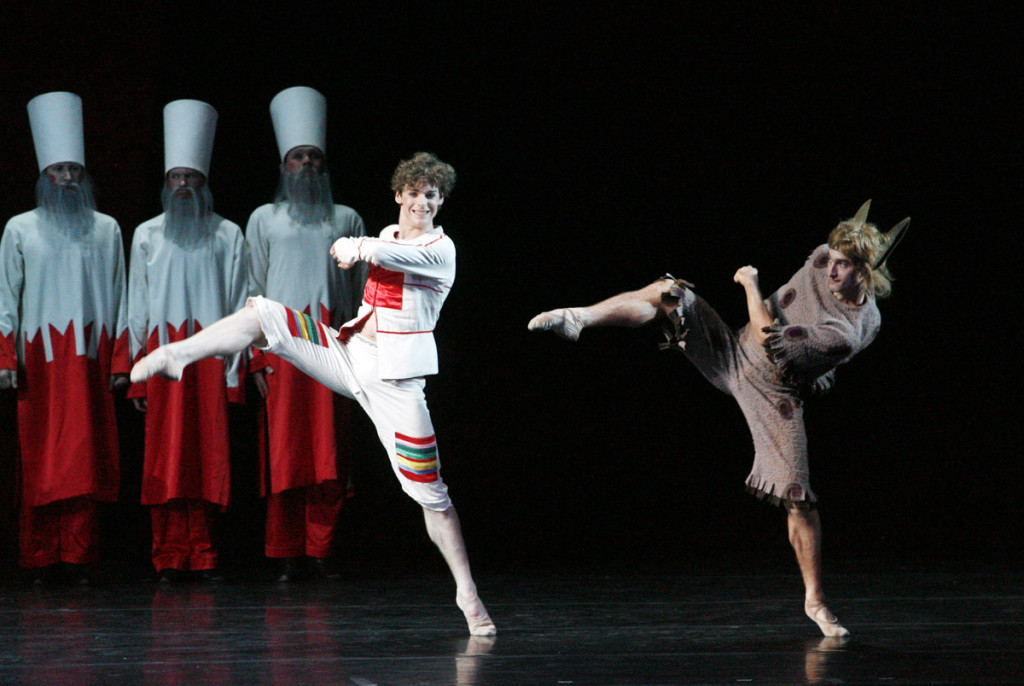Olga Smirnova on “The Sleeping Beauty”
“The Sleeping Beauty”
Bolshoi Ballet
Bolshoi Theatre
Moscow, Russia
January 17, 2017
by Ilona Landgraf
Copyright © 2017 by Ilona Landgraf
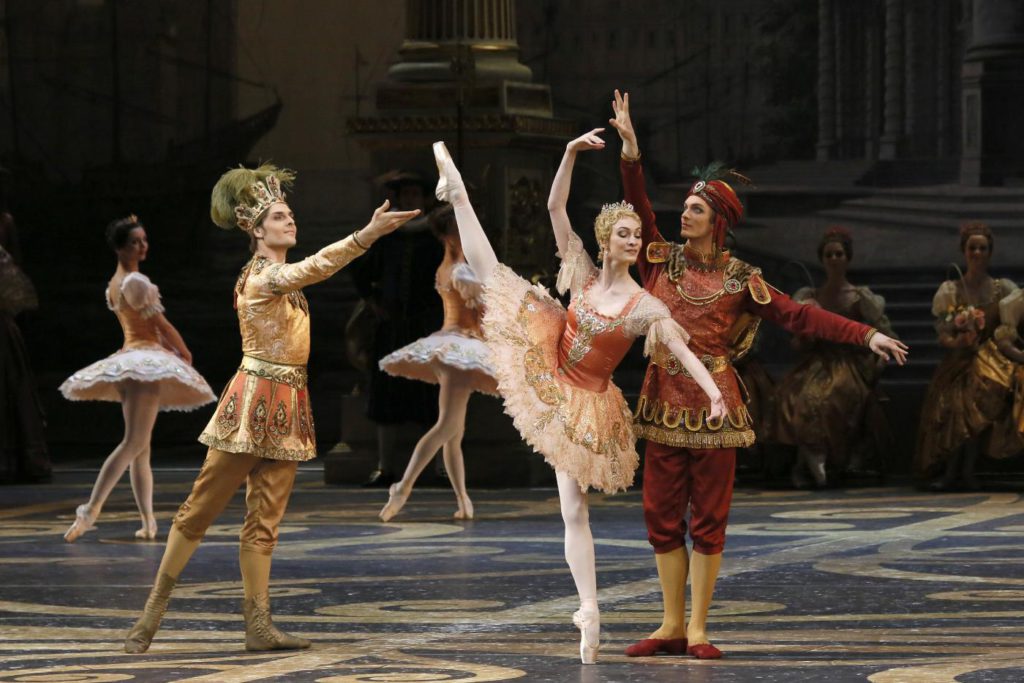 This Sunday, on January 22nd, the Bolshoi Ballet will stream “The Sleeping Beauty” live to cinemas all over the world. It is the Petipa-based version that Yuri Grigorovich created in 2011 for the re-opening of the Bolshoi’s historic stage which has lavish set designs by Ezio Frigerio and equally sumptuous costumes by Franca Squarciapino. Sunday’s cast includes Olga Smirnova as Princess Aurora alongside Semyon Chudin as her Prince. As the Lilac Fairy, Yulia Stepanova will counter Alexei Loparevich’s Carabosse.
This Sunday, on January 22nd, the Bolshoi Ballet will stream “The Sleeping Beauty” live to cinemas all over the world. It is the Petipa-based version that Yuri Grigorovich created in 2011 for the re-opening of the Bolshoi’s historic stage which has lavish set designs by Ezio Frigerio and equally sumptuous costumes by Franca Squarciapino. Sunday’s cast includes Olga Smirnova as Princess Aurora alongside Semyon Chudin as her Prince. As the Lilac Fairy, Yulia Stepanova will counter Alexei Loparevich’s Carabosse.
I skyped with Olga Smirnova a few days prior to the cinema broadcast to talk about the piece and her role. Katerina Novikova, head of the Bolshoi’s press office, kindly interpreted from the Russian. Smirnova’s responses are in italics. (more…)
